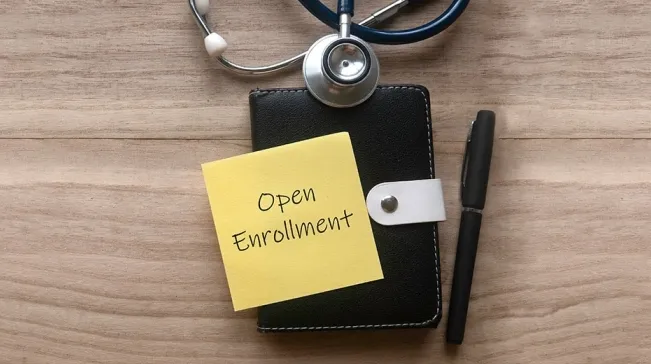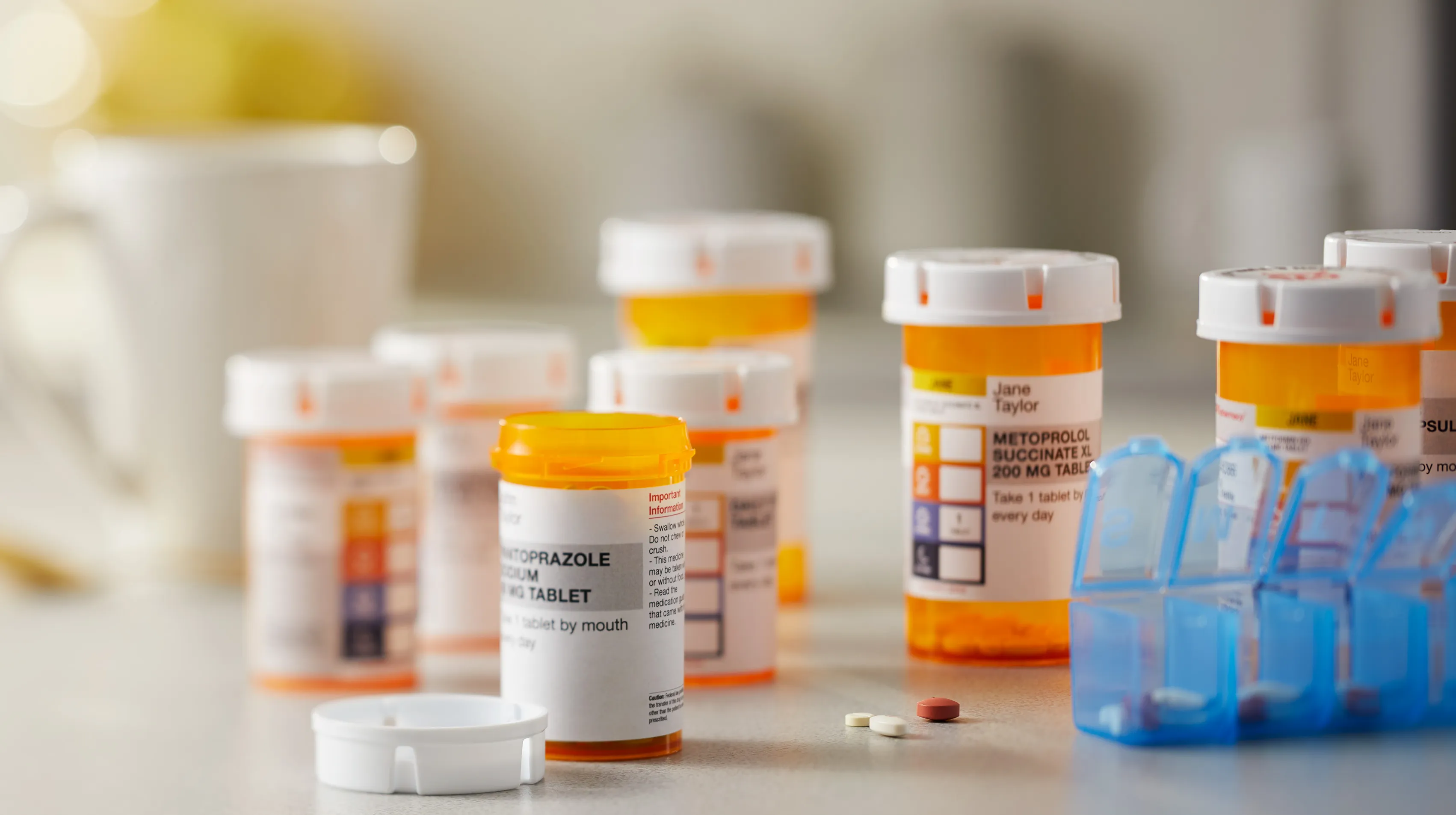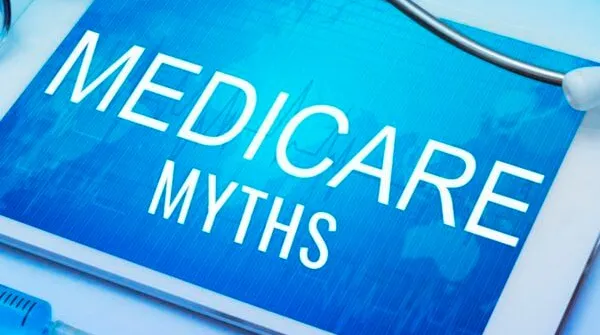
Medicare Part D FAQ
Some common questions about Medicare Part D include:
1) What is Medicare Part D, and what does it cover?
Medicare Part D is an optional benefit that provides coverage for prescription drugs. It is available to people who are enrolled in Medicare Part A and/or Part B. Medicare Part D plans are offered by private insurance companies that are approved by Medicare.
Medicare Part D plans vary in terms of which drugs they cover and the cost of the coverage. Most plans have a list of drugs that they cover, called a "formulary," and may place certain drugs on a tier with a different level of cost-sharing. Some plans may also offer additional coverage for certain drugs or classes of drugs that are not covered by Medicare, such as drugs for rare conditions or diseases.
In general, Medicare Part D plans cover a wide range of prescription drugs, including medications for conditions such as high blood pressure, diabetes, and high cholesterol. However, they do not cover drugs that are not considered medically necessary, such as over-the-counter drugs or drugs for cosmetic purposes. It's important to check with your Medicare Part D plan to see which drugs are covered and at what cost.
2) How do I enroll in a Medicare Part D plan?
To enroll in a Medicare Part D plan, you must be enrolled in Medicare Part A and/or Part B and live in the plan's service area. You can enroll in a Medicare Part D plan during your Initial Enrollment Period (IEP), which is the seven-month period that begins three months before the month you turn 65, includes the month you turn 65, and ends three months after the month you turn 65.
You can also enroll in a Medicare Part D plan during the Annual Enrollment Period (AEP), which runs from October 15 to December 7 each year. During the AEP, you can switch to a different Medicare Part D plan or disenroll from your current plan if you no longer want coverage.
To enroll in a Medicare Part D plan, you can:
- Compare different plans with our tool or find a local Medicare Agent to speak about what is going to work best for you.
- Visit the Medicare website and use the Plan Finder tool to compare Medicare Part D plans available in your area.
- Contact the plan directly and enroll over the phone or online.
- Contact the Medicare program at 1-800-MEDICARE (1-800-633-4227) and enroll over the phone.
- Visit your local Social Security office and enroll in person.
It's important to note that you may be subject to a late enrollment penalty if you do not enroll in a Medicare Part D plan when you are first eligible. This penalty is an additional monthly premium that you will have to pay for as long as you have Medicare Part D coverage.
3) What is the deadline for enrolling in a Medicare Part D plan?
The deadline for enrolling in a Medicare Part D plan depends on when you first become eligible for Medicare. If you are turning 65 and are enrolling in Medicare for the first time, you can enroll in a Medicare Part D plan during your Initial Enrollment Period (IEP), which is the seven-month period that begins three months before the month you turn 65, includes the month you turn 65, and ends three months after the month you turn 65.
If you are already enrolled in Medicare and want to enroll in a Medicare Part D plan, you can do so during the Annual Enrollment Period (AEP), which runs from October 15 to December 7 each year. During the AEP, you can switch to a different Medicare Part D plan or disenroll from your current plan if you no longer want coverage.
It's important to note that you may be subject to a late enrollment penalty if you do not enroll in a Medicare Part D plan when you are first eligible. This penalty is an additional monthly premium that you will have to pay for as long as you have Medicare Part D coverage.
If you have a special enrollment period (SEP) due to a qualifying life event, such as moving to a new service area or losing other prescription drug coverage, you can enroll in a Medicare Part D plan outside of the regular enrollment periods. For more information about SEPs, contact the Medicare program at 1-800-MEDICARE (1-800-633-4227) or visit the Medicare website.
4) Can I switch Medicare Part D plans and if so, how do I do it?
Yes, you can switch Medicare Part D plans if you are not satisfied with your current plan or if your needs have changed. You can switch plans during the Annual Enrollment Period (AEP), which runs from October 15 to December 7 each year. During the AEP, you can switch to a different Medicare Part D plan or disenroll from your current plan if you no longer want coverage.
To switch Medicare Part D plans, you can:
- Visit the Medicare website and use the Plan Finder tool to compare Medicare Part D plans available in your area and choose a new plan.
- Contact the new plan directly and enroll over the phone or online.
- Contact the Medicare program at 1-800-MEDICARE (1-800-633-4227) and enroll in a new plan over the phone.
- Visit your local Social Security office and enroll in a new plan in person.
It's important to note that switching Medicare Part D plans may impact your coverage and costs, so be sure to carefully compare plans and consider your needs before making a change. It's also a good idea to check with your current plan to see if there are any penalties or fees for disenrolling from the plan.
If you have a special enrollment period (SEP) due to a qualifying life event, such as moving to a new service area or losing other prescription drug coverage, you can enroll in a Medicare Part D plan outside of the regular enrollment periods. For more information about SEPs, contact the Medicare program at 1-800-MEDICARE (1-800-633-4227) or visit the Medicare website.
5) How do I file a claim for a medication covered by Medicare Part D?
To file a claim for a medication covered by Medicare Part D, you will need to follow these steps:
-
Make sure that the medication you are seeking coverage for is covered by Medicare Part D. You can check the Medicare Part D website to see a list of covered medications.
-
If your medication is covered, you will need to find a Medicare Part D plan that covers the medication. You can do this by visiting the Medicare Part D website and using the plan finder tool.
-
Once you have found a Medicare Part D plan that covers your medication, you will need to enroll in the plan. This can typically be done online or by contacting the plan directly.
-
Once you are enrolled in a Medicare Part D plan, you can start using your plan to pay for your medication. To do this, you will need to have your prescription filled at a pharmacy that is part of the plan's network.
-
When you have your prescription filled, you will need to pay your portion of the cost (the copay or coinsurance) and the plan will cover the rest. If you have questions about how much your plan will cover, you can contact the plan directly for more information.
-
If you have any problems with your Medicare Part D plan or with your medication coverage, you can contact the plan directly or the Medicare Part D customer service center for assistance.
6) Are there any exceptions or exceptions to the Medicare Part D coverage rules?
Yes, there are some exceptions and exceptions to the Medicare Part D coverage rules. Medicare Part D plans are required to cover certain drugs in certain categories or classes, but they may not cover all drugs in a particular category or class. For example, a plan may cover all drugs in the category of anticoagulants (blood thinners), but may not cover a specific drug in that category.
In addition, Medicare Part D plans may not cover drugs that are not considered medically necessary, such as over-the-counter drugs or drugs for cosmetic purposes. They also may not cover drugs that are experimental or investigational.
If you have a question about whether a specific drug is covered by your Medicare Part D plan, you can check the plan's formulary (list of covered drugs) or contact the plan directly. You can also contact the Medicare program at 1-800-MEDICARE (1-800-633-4227) for more information.
If you have a medical condition that requires a drug that is not covered by your Medicare Part D plan, you may be able to get an exception to the plan's coverage rules. To request an exception, you or your doctor can contact the plan and provide supporting information, such as medical records or a letter from your doctor, to show why the drug is medically necessary for you. The plan will review your request and make a decision about whether to grant the exception.
It's important to note that not all exceptions are granted, and even if an exception is granted, you may have to pay a higher cost-sharing amount for the drug.
7) Can I get assistance with the cost of my Medicare Part D plan?
Yes, you may be able to get assistance with the cost of your Medicare Part D plan. Medicare Part D offers a program called Extra Help, which provides financial assistance to eligible beneficiaries to help them pay for their prescription drug costs. To be eligible for Extra Help, you must meet certain income and resource limits.
8) What happens if I don't enroll in a Medicare Part D plan when I'm first eligible?
If you don't enroll in a Medicare Part D plan when you are first eligible, you may be subject to a late enrollment penalty. This penalty is an additional monthly premium that you will have to pay for as long as you have Medicare Part D coverage.
The amount of the late enrollment penalty depends on how long you went without creditable prescription drug coverage (coverage that is at least as good as Medicare Part D coverage). The penalty is calculated by multiplying the national base beneficiary premium, which is determined by Medicare each year, by the number of full, uncovered months you were eligible for Medicare Part D but did not have creditable coverage.
For example, if you went 24 months without creditable coverage and the national base beneficiary premium is $35.20 in 2021, your late enrollment penalty would be $35.20 x 24 = $846.40. This amount would be added to your monthly Medicare Part D premium for as long as you have the coverage.
It's important to note that the late enrollment penalty can be significant, so it's best to enroll in a Medicare Part D plan when you are first eligible to avoid this penalty. If you have a special enrollment period (SEP) due to a qualifying life event, such as moving to a new service area or losing other prescription drug coverage, you can enroll in a Medicare Part D plan outside of the regular enrollment periods and avoid the late enrollment penalty. For more information about SEPs, contact the Medicare program at 1-800-MEDICARE (1-800-633-4227) or visit the Medicare website.
9) Can I enroll in a Medicare Part D plan if I have other prescription drug coverage?
Yes, you can enroll in a Medicare Part D plan even if you have other prescription drug coverage. However, you should carefully consider your options before enrolling in a Medicare Part D plan. If you have other prescription drug coverage, such as coverage through an employer or union, you should check with your plan to see if it is considered creditable coverage. If your current coverage is considered creditable, you may not need to enroll in a Medicare Part D plan.
10) What is the "donut hole" and how does it affect my Medicare Part D coverage?
The "donut hole" is a term used to describe a gap in coverage that may occur under some Medicare Part D plans. The donut hole refers to a coverage gap that occurs after you and your Medicare Part D plan have spent a certain amount on covered medications, but before your plan's catastrophic coverage kicks in. During this coverage gap, you may be responsible for a larger portion of the cost of your medications. Luckily, as of Dec 31, 2024 this issue had been resolved, and is no longer something that needs to be taken into consideration when planning your Medicare Part D.
These are some of the most common questions about Medicare Part D, but it's always a good idea to check with the Centers for Medicare & Medicaid Services (CMS) for the most up-to-date information.










